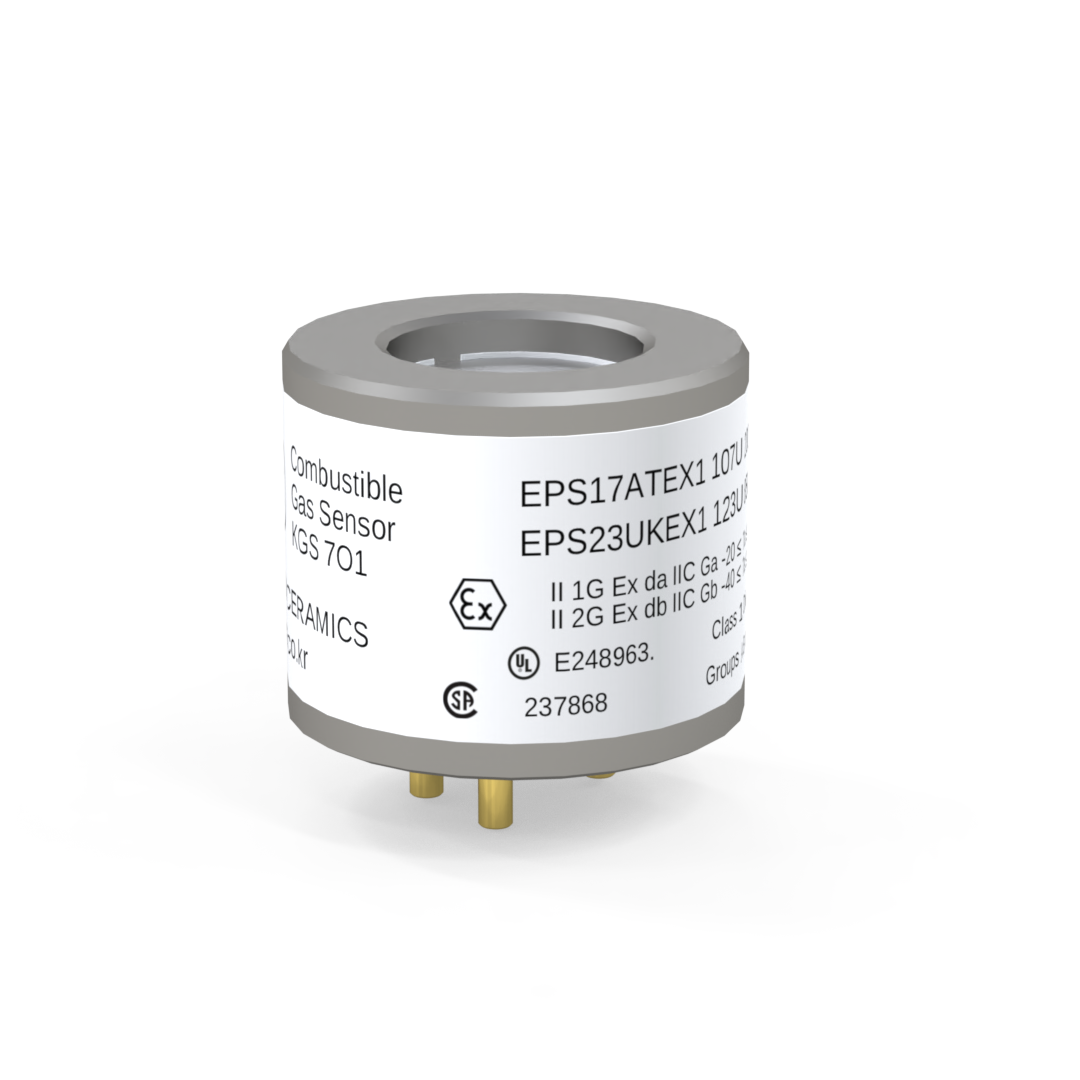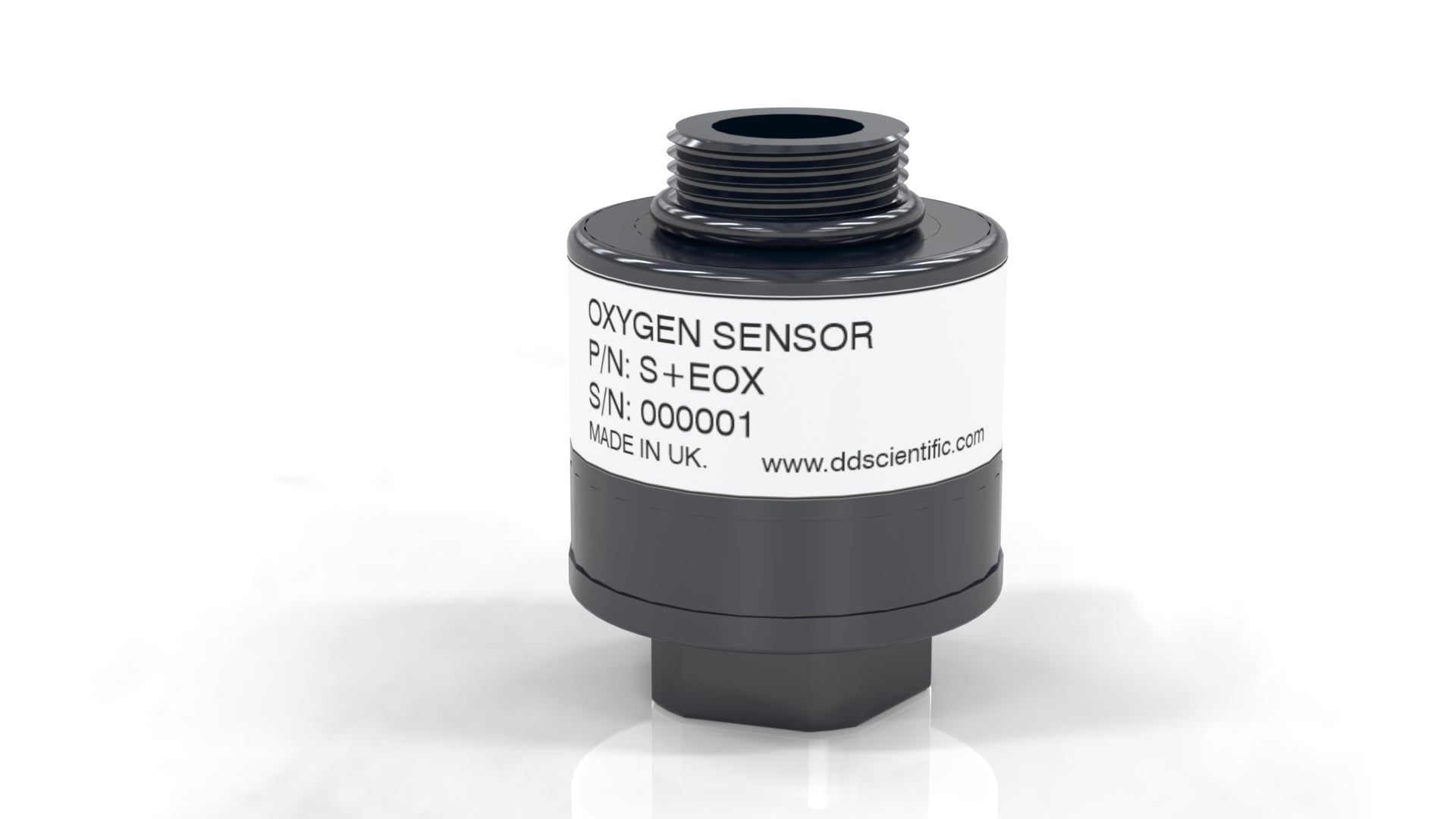Key gas monitoring applications in the Emissions sector include;
Industries are subject to stringent regulations regarding emissions of pollutants to protect air quality and minimise environmental impact. Gas monitoring ensures that industrial facilities adhere to emission standards set by regulatory authorities. Common target gases include Sulphur Dioxide (SO2), Nitrogen Dioxide (NO2), Nitric Oxide (NO), Carbon Monoxide (CO) and Volatile Organic Compounds (VOCs).
Emissions from industrial processes can contain harmful pollutants that pose risks to human health and the environment. Monitoring these emissions helps identify and mitigate potential health hazards, such as respiratory problems, cardiovascular diseases, and toxic exposures. Timely detection of high pollutant levels enables industries to implement measures to protect workers and nearby communities.
Gas monitoring provides valuable data that industries can use to optimise their processes and reduce emissions. By continuously monitoring gases such as CO2, oxygen (O2), NO2 and NO, industries can identify inefficiencies, implement efficiency measures, and minimise waste generation. This not only reduces environmental impact but also improves operational efficiency and reduces operating costs.
Monitoring emissions helps industries identify opportunities to improve energy efficiency and reduce greenhouse gas emissions. By tracking emissions of gases such as Carbon Dioxide (CO2), Methane (CH4), and NO, industries can implement energy-saving measures, such as upgrading equipment, optimising combustion processes, and increasing the use of renewable energy sources.
Gas monitoring also plays a crucial role in risk management by detecting leaks, malfunctions, and other potential hazards in industrial processes. Early detection of abnormal gas levels allows industries to take corrective actions to prevent accidents, equipment damage, and environmental incidents.

Support with Emissions Sector Gas Sensors applications
We work with a broad range of customers in the Emissions Sector Gas Sensors sector and will be glad to discuss your specific needs, be it integration of DDS sensors or outlining the benefits our sensors can bring to your instruments.
To talk to one of our application specialists get in touch today.






















